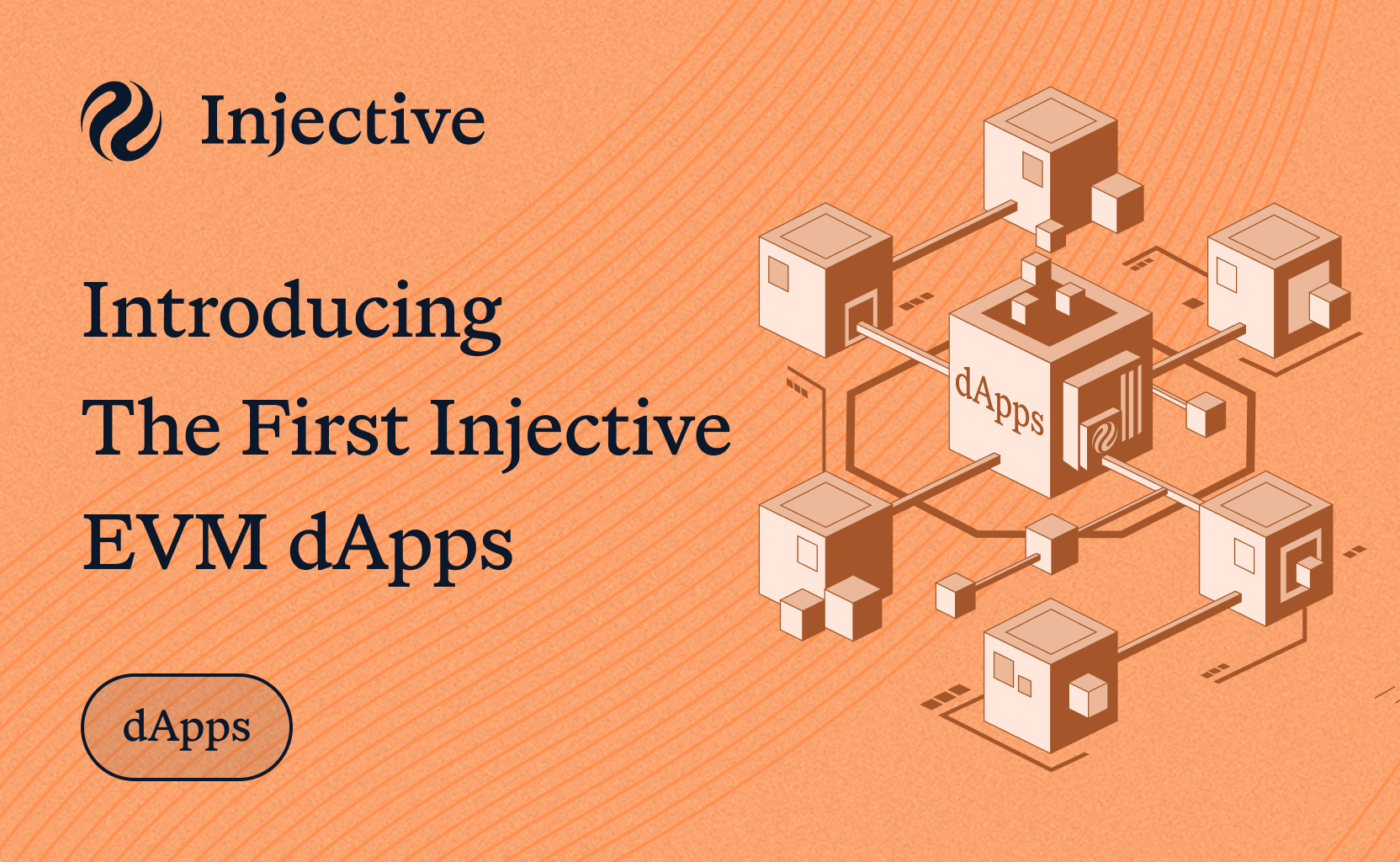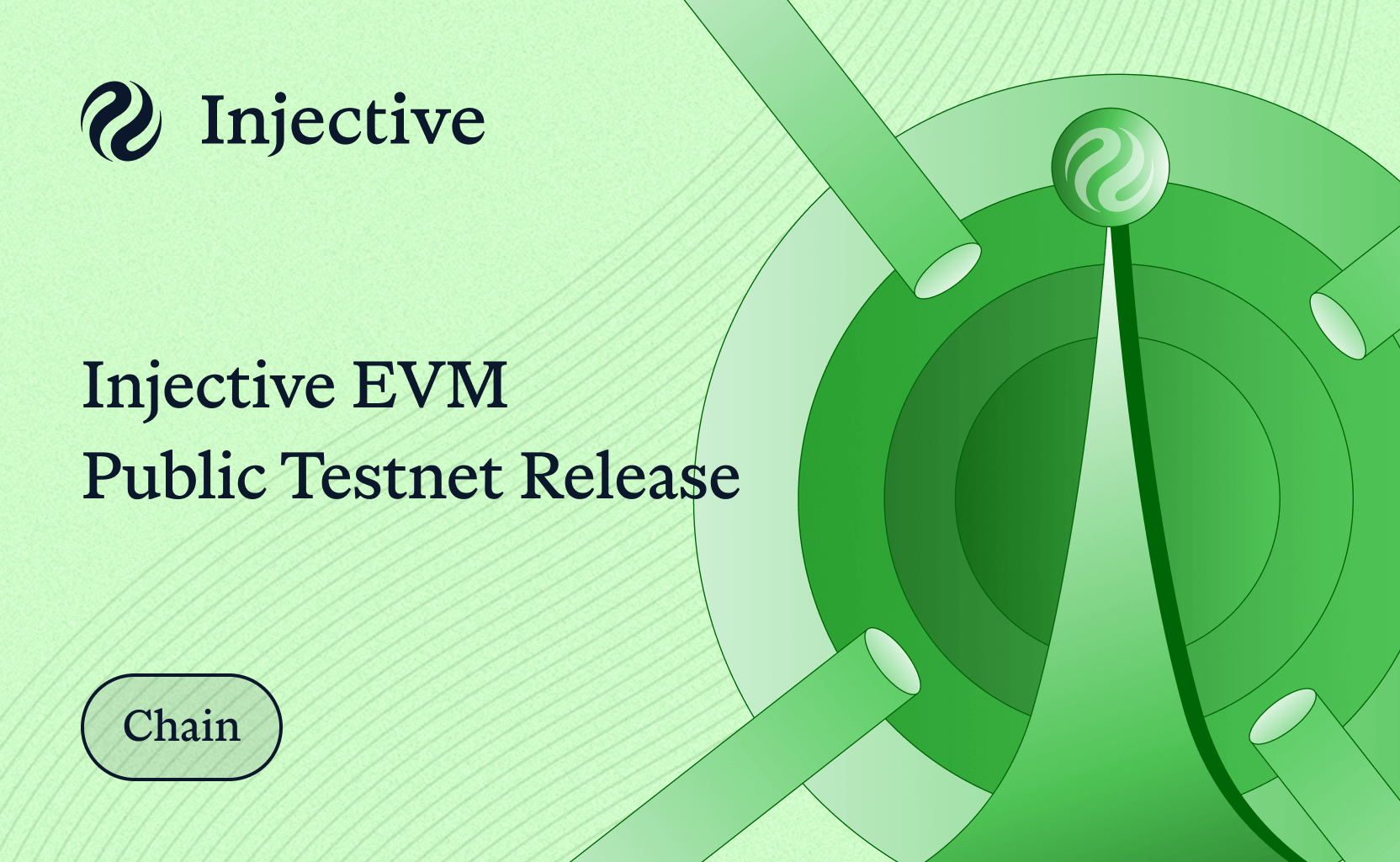Consensus Mechanisms
Since the publication of the Bitcoin Whitepaper, which was the first to propose Proof-of-Work as a consensus mechanism, a series of novel approaches have been introduced. These new consensus mechanisms include Proof-of-Stake (PoS) and Delegated Proof-of-Stake (DPoS) becoming the industry standard. The rising popularity of the staking-based approaches is best explained when contrasted to the drawbacks of PoW.
Proof-of-Work (PoW)
Bitcoin is a 1st generation blockchain that utilizes the PoW consensus mechanism. In the PoW mechanism, “miners” solve cryptographic problems that require a substantial amount of computing power to validate the transactions to be added to the block. The difficulty of these problems is proportional to the number of active miners on the network, so more miners lead to more complexities. This relationship is inbuilt into the software, which is designed to deter anyone from attacking the network.
More information on PoW can be found in the Injective Learn article on Proof-of-Work here.
Proof-of-Stake (PoS)
The PoS consensus mechanism seeks to solve the electricity and computational obstacles that hamper PoW. More specifically, it addresses the environmental and cost effects of running thousands of computers to solve mathematical problems. In the PoS consensus mechanism, miners can validate transactions based on the number of tokens they hold rather than utilizing computing power.
One of the major drawbacks in PoS is the bribery attack vector. Bribery attack, also referred to as short-range attack, relies on bribing validators to produce specific blocks or forks. Thus, the attacker can bribe dishonest nodes to vote on arbitrary transactions and present them as valid. Additionally, this consensus mechanism is also subject to the 51% "democracy" attack whereby the majority of the nodes can attack the network and alter blocks or fork the main chain.
More information on PoS can be found in the Injective Learn article on Proof-of-Stake here.
Delegated Proof-of-Stake (DPoS)
DPoS systems are considered to be a more democratic take on typical PoS consensus mechanisms.
In DPoS, individuals are able to vote on delegates who will help to secure the network. Delegators act as the individuals within a democratic governance system who vote on electing representatives. The representatives are referred to as validators within DPoS. Delegators can delegate tokens to nodes operated by validators in order to reduce the time and cost required for the block generation agreement. A validator’s particular voting power is proportional to the number of tokens that have been delegated to them. In return for their help in securing the network, validators are often paid a percentage of the staking rewards earned by delegators within the network. The number of nodes that can form a new block is smaller compared to PoS, enabling faster block creation times and overall faster transactions per second (TPS).
DPoS uses Byzantine Fault Tolerant (BFT) algorithms to reach consensus. A major benefit of many BFT algorithms is instant finality which ensures that there will be no forks or copies as the blocks are final once the validators have voted. This type of finality provides an affirmation that transactions will not be altered or reversed. Blockchains that utilize the DPoS consensus mechanism also set penalties to discourage validator misbehavior and ensure that the validators will not attempt to attack the network.
Even though BFT has unique features but also introduces a number of new attack vectors. To achieve sequential consistency, DPoS based blockchains must obtain 33% + 1 correct responses. Thus, a corroborated group of individuals or a single entity that controls 33%+1 of the staked tokens can attack the chain. Such an attack would not only allow the malicious attackers to reverse blocks but change the entire chain. In this scenario the malicious nodes are able to act as the broadcaster that would broadcast two different snapshots. Thus, ⅓ of the nodes would receive Snapshot x and the remaining ⅓ of the nodes would receive Snapshot x’. In this case, when the validators vote to reach consensus the broadcaster would vote x or x’. This vulnerability provides the attacker 66%+1 of the voting power who can then form a new chain in which every block could be different from the original chain. Additionally, given that the number of nodes is relatively small, the chain is subject to a Denial of Service (DoS) attack. In a DoS attack, an attacker can attempt to bring down the nodes that represent ⅓ of the total staked coins which would halt the chain, making it unable to produce blocks.
A caveat to these issues is that if a validator is misbehaving, delegators can quickly elect a new validator to replace the malicious validator or the validator may have its rewards slashed.
Final Thoughts
The PoW consensus mechanism requires excessive computational resources to power the network which make it inefficient from both the environmental and cost perspective. The PoS consensus was created out of necessity to ensure the sustenance and growth of the crypto ecosystem.
Even though PoS consensus provides substantial benefits such as less demand for computational resources compared to PoW chains, it poses centralization limitations since only those with more tokens have a greater say in which blocks are mined. As such, the capitalization and power over the network lies with a handful of individuals or entities.
On the other hand, DPoS provides an open democratic system in which every user can participate and secure the network by delegating tokens to a node. Additionally, instant finality has also been a huge step towards crypto adoption as it's a necessary feature for applications that require high speeds and affirmations that transactions will be completed.
Injective's consensus engine was implemented to match the needs of the first blockchain specifically built for decentralized derivatives trading. The protocol uses Tendermint core which is based on BFT-based algorithms. Tendermint BFT provides a 1-second blocktime and can handle thousands of transactions per second. Moreover, the property of instant finality ensures that there will be no forks if more than a third of the validators are honest. Tendermint based DPoS also provides affirmations that transactions will be finalized as soon as a block is created which is paramount for a decentralized exchange protocol in which transactions must be finalized. As a result, DPoS is preferred by many due to its high performance, security benefits and instant finality.

About Injective
Injective is a lightning fast interoperable layer one blockchain optimized for building the premier Web3 finance applications. Injective provides developers with powerful plug-and-play modules for creating unmatched dApps. INJ is the native asset that powers Injective and its rapidly growing ecosystem. Injective is incubated by Binance and is backed by prominent investors such as Jump Crypto, Pantera and Mark Cuban.
Website | Telegram | Discord | Blog | Twitter | Youtube | Facebook | LinkedIn | Reddit | Instagram | Orbit Newsletter



